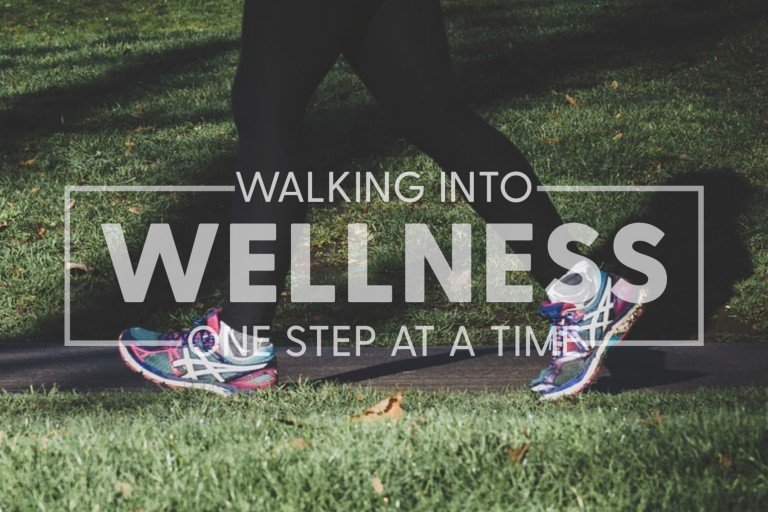Rooted in the firm’s commitment to employee wellbeing, members of G70 from different disciplines (interior design, architecture, planning, and civil engineering), were interested in improving employee wellness. They also shared a passion for learning about the latest methods and technologies in building design that prioritize the occupants’ wellbeing. While ‘wellness’ can be a broad term that is challenging to define, the committee established three simple goals:
- Increased activity
- Healthier nutrition
- Professional education about wellness

Within a few months of establishing the Wellness Committee, G70 became one of the first design firms in the state to achieve Blue Zones Approved Workspace status in 2019. The Blue Zones Project is based on a study of longevity regions around the world. Using the lifestyle secrets of centenarians (people who live to be healthy over 100 years old), it empowers communities to live longer and better through transformation programs that lower healthcare costs, improve productivity, and boost national recognition as great places to live, work, and play.

For a workplace like G70, this meant offering many small ways to help employees lead a healthy lifestyle at the office. For instance, walking meetings, bike racks and showers for commuting cyclists, and standing desks to help boost physical activity; nutritious snacks in the office kitchenettes and providing at least 50% plant-based fare at holiday meals fell into the healthier nutrition category; while volunteer days, corporate giving, professional development, and offering financial guidance workshops in the office to helped create a sense of purpose and connection to the broader community.
But it doesn’t stop there — prioritizing occupant health has become important far beyond our own office and employees; it has become the fastest-growing trend in building design. Protecting occupants from viral particles in the air is no longer just for hospitals, it is now being prioritized throughout education, hospitality, retail, office buildings — the entire built environment at large.
The Wellness Committee’s last goal — professional education about wellness — is more important now than ever. We seek to hone our team’s expertise in helping our clients and community to promote occupant health in the built environment; furthering our commitment to advancing human health, to design spaces that empower people and transform lives. The WELL standard for buildings by the International WELL Building Institute (IWBI) has emerged as a leading performance-based standard for healthy buildings with an emphasis on “People First Places” founded on the following principles:
- Equitable — Aims to benefit a variety of people, including and especially disadvantaged or vulnerable populations
- Global — Proposes interventions that are feasible, achievable and relevant across many applications throughout the world
- Evidence-based — Draws upon a diverse and rigorous body of research across varying disciplines, validated by a collaborative body of experts, including IWBI advisors
- Technically Robust — Defines industry best practice and validates strategies through performance verification and a rigorous third-party verification process.
- Customer Focused — Sponsors the success of WELL users through dedicated coaching services, dynamic resources and an intuitive platform for navigating the journey
- Resilient — Keeps pace with advances in research, science, technology and society, continuously improving by integrating new findings

It is to occupant health what the Leadership in Energy and Environmental Design (LEED) standard is to the environment; it has been found that there is a significant overlap in building design that is both good for the planet and good for its occupants. Corporations and government entities alike are embracing occupant health metrics in building design as part of their Environmental, Social and Governance (ESG) strategy, a myriad of specific objectives with the ultimate motivation of measuring elements related to sustainability and societal impacts of a company or business.
Perhaps the greatest lesson we have learned from adopting Wellness into the workplace, is understanding that wellness is not a destination or a one-time achievement. It is an ongoing process of listening to our employees, setting goals that reflect what’s important now, and continuing to support mental and physical wellbeing within our office, families, and our community.
